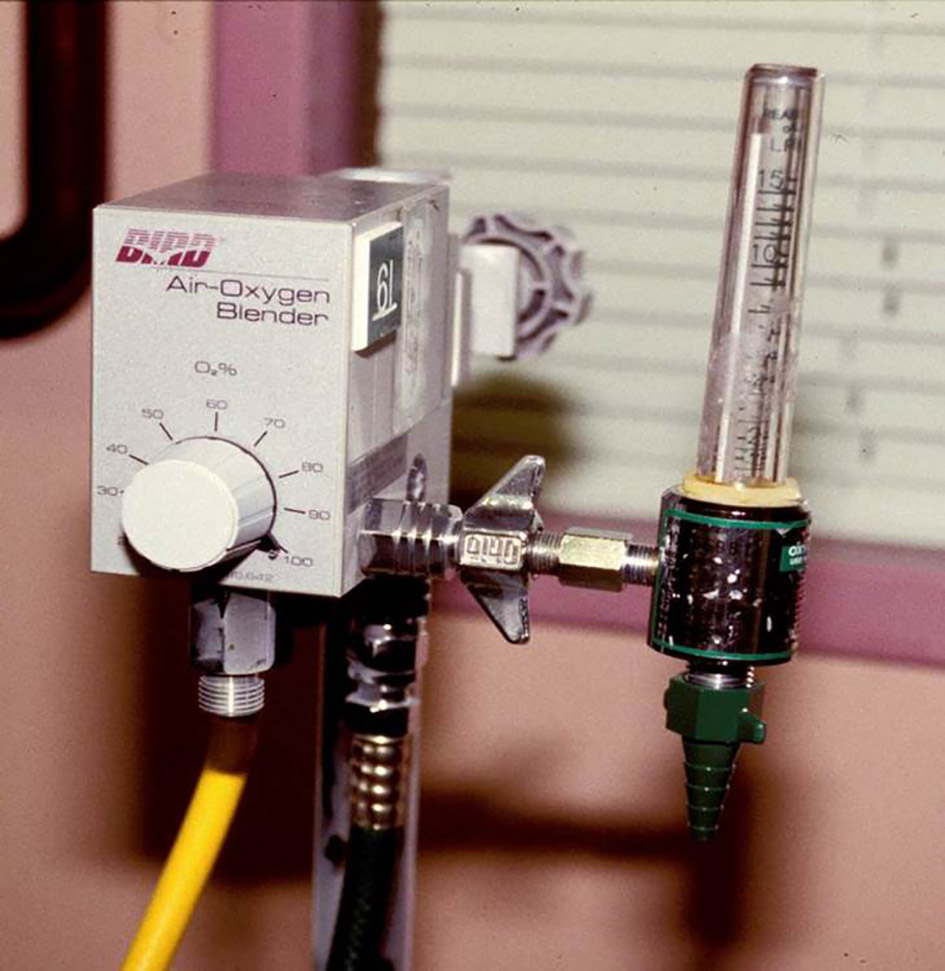
Figure 1. The Datex-Ohmeda Aestiva 5 anesthesia machine that was used to deliver the sub-ambient oxygen gas mixture. The chain or proportioning mechanism (white arrow) which connects the oxygen and nitrous oxide flow meters was removed so that nitrous oxide could be administered with air to deliver an FiO2 less than 0.21. These modifications are not recommended by the manufacturer of the anesthesia machine.

Figure 2. Standard oxygen blender for the administration of various concentrations of oxygen. The blender mixes oxygen (green hose) and air (yellow hose). In specific clinical scenarios, this blender can be modified to deliver a sub-ambient oxygen concentration to a hood by modification of the air hose so that it can be attached to a nitrogen tank. When this is done, it is mandatory to monitor the systemic oxygen saturation of the patient (pulse oximetry) and the inspired gas concentration to avoid morbidity and mortality from the administration of a hypoxic gas mixture.

